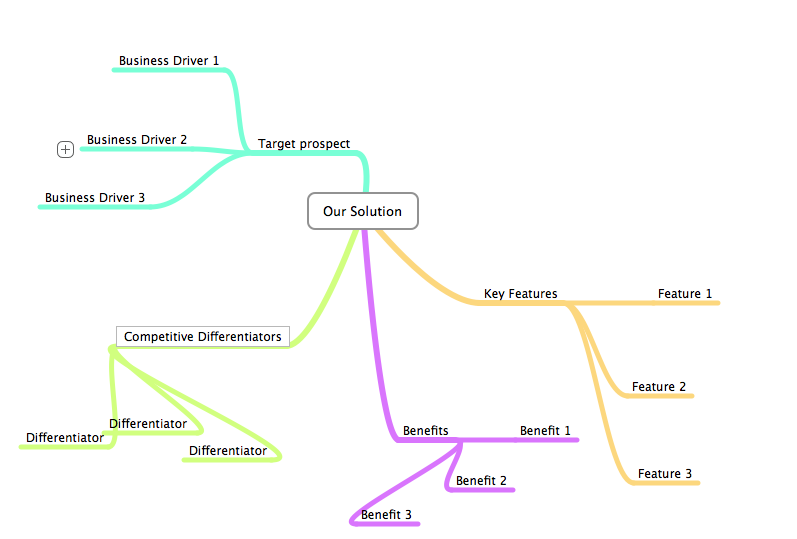 In my last post (There’s always time for messaging) I talked about a few strategies for selling the ‘messaging’ part of a content marketing project. It’s important to nail down key messaging before writing website content, white papers or other content.
In my last post (There’s always time for messaging) I talked about a few strategies for selling the ‘messaging’ part of a content marketing project. It’s important to nail down key messaging before writing website content, white papers or other content.
How do you conduct a review of the messaging, particularly if it’s something that you had to champion in the first place? I doubt that there’s one correct answer – but here are a few strategies that may be useful.
The ‘creative brief’ strategy
For smaller or contained content projects, you can include messaging in a ‘creative brief’ or an extended outline for the piece. Asking for a review at this phase saves time down the road – and protects you from review cycles that dramatically change course.
This is a very palatable approach to messaging: nobody complains about reviewing an outline. Just make sure that the outline contains a bare-bones messaging component, with:
- Audience: Who are you trying to reach with this piece?
- Objective for the piece: What’s the explicit messaging –and sometimes the implicit messaging for this paper/website/brochure?
- Competitive differentiators: What are the key points we need to make sure come across in this content?
- Tone/style: What are we trying to communicate about the author or the organization represented by this piece?
I’ll take my best stab at each of these, put them on top of the outline and ask for comments. Sometimes this outline review generates interesting discussion that focuses the project. And, I let clients know that I’ll interpret lack of comment as a green light.
The explicit messaging review
If the messaging discussion is bigger than you can fit into this format, you may need to prepare a messaging document or presentation for the client. Use whatever format you think best fits the client – if you’re able to have a meeting, then a presentation can be effective. If you’re doing everything offline, a document works well.
The trick is communicating clearly that this review is around messaging only – not execution. To bring the point home, make sure that the messaging material looks nothing like the end product – and is delivered in the way that best serves discussion.
- If you’re doing a Word document, consider using tables to lay out messaging, so it’s clearly not an early draft of the deliverable.
- If you are using a Powerpoint presentation, don’t add graphics or special effects. Make it as bare bones as possible. Otherwise, people will start to focus on the medium, not the message.
- Use a ‘map’ created from a program like MindNode if that fits the format well.

You want people to focus only on the content – not the execution of the content. Because people are so anxious to see the final product, they might want to start talking about word choice or layout. Delivering a starkly internal document keeps the discussion on the messages. It also prevents people from taking slides or pages and plunking them directly into other documents, before the messaging is fully baked.
Once you have the review process, your task is to incorporate the comments and get sign-off on the messaging promptly before continuing with content development.
Respect the resistance
As my friend Claire Wagner pointed out, messaging can be a hard sell. There may be political reasons for avoiding the messaging process. Perhaps there’s an unresolved conflict within the organization on how to position something. And sometimes people simply don’t feel that there’s time.
Whatever approach you take, you should respect and understand the source of any resistance. But if you need to clarify messaging to proceed, then it’s fair to insist on at least a limited messaging review.